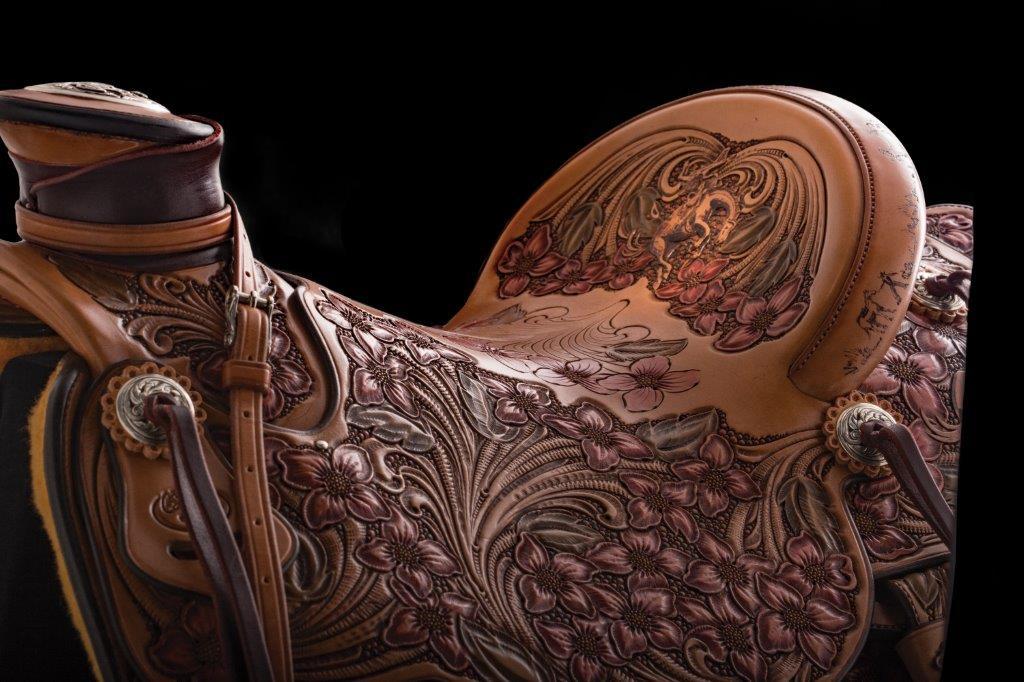Idahoan Cary Schwarz puts his heart into saddle making–a lifelong student keen to improve and perfect his work.
Now in his fourth decade as a saddler, Schwarz is surely a master craftsman, but that’s something that he’ll never call himself, he said in a telephone interview. Schwarz sees ”becoming a master” as a byproduct of perfecting his craft, whereas “being a master” denotes arriving at the summit of a craft, an idea that he believes could inadvertently bring complacency and dampen creative growth.






